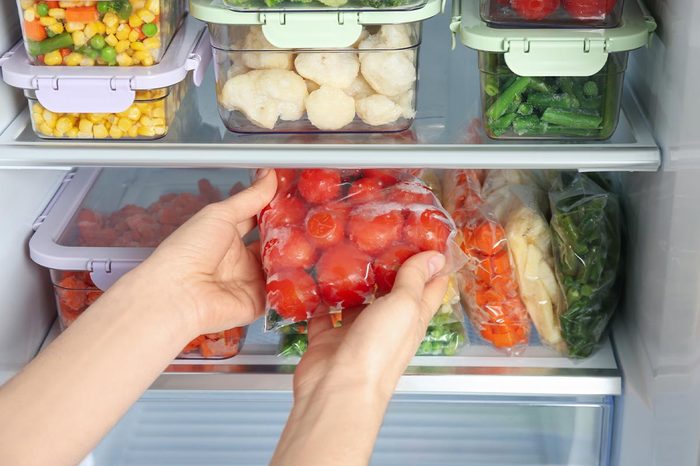
Storing foods
After going to the supermarket to buy groceries, placing foods in the refrigerator to last longer seems like the most common sense thing to do. But is the refrigerator the best place to store certain foods? For some foods, it might be the best place for storage, but for others, it might be the worst. These are the 13 items in your kitchen you need to throw out already.
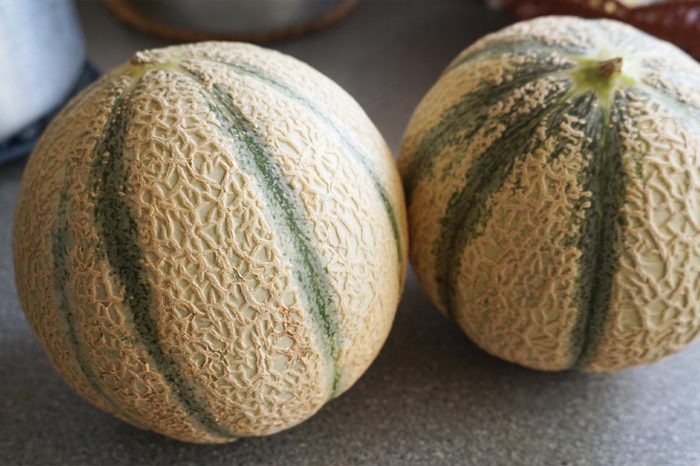
Whole melons
The fridge can cut the number of antioxidants in half. A USDA study found that watermelons at room temperature develop nearly double the levels of compounds like beta-carotene (which promotes healthy skin and eyesight) than do refrigerated melons. Cool air stunts the antioxidant growth that occurs after harvest. Chill sliced melons to prevent bacterial growth.
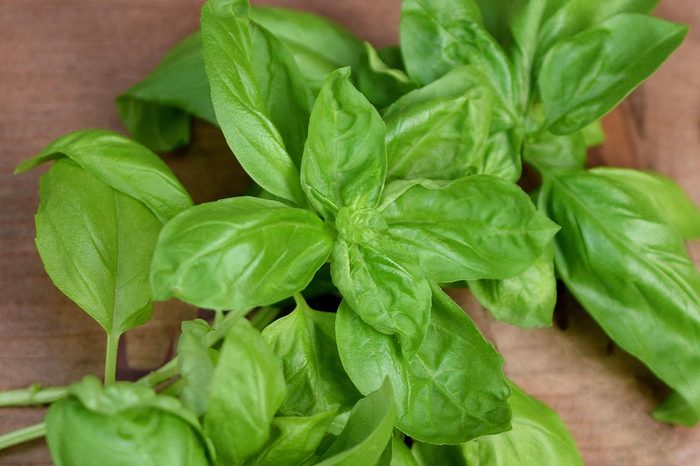
Basil
If this tropical plant is stored below 40 degrees F, it turns black quickly. Keep on the counter in a shady place, and mimic placing flowers in a vase: Fill a glass with water and submerge the stems. Place a zip-top plastic bag over the plant to allow it to breathe and stay moist.
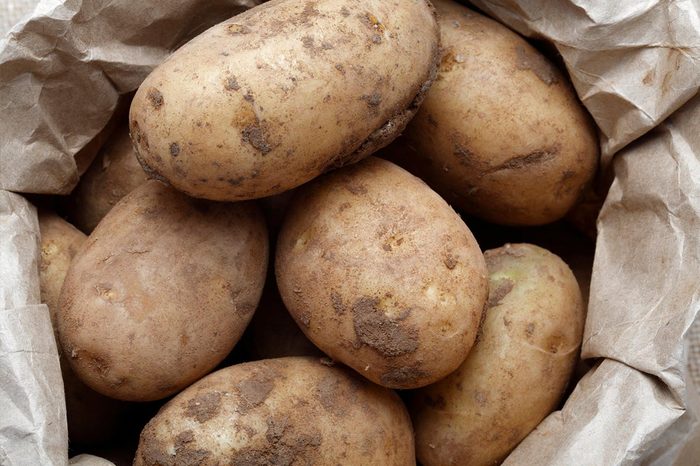
Potatoes
Cold temperatures convert potato starch into sugar. This results in a gritty texture and a slightly sweet flavor. Potatoes do best at 45° F (most refrigerators are set from 35° F to 38° F). Store them in a paper bag in the cool pantry. Sunlight causes chlorophyll to accumulate, turning potatoes green and sometimes bitter. Use these 18 tricks to squeeze more into your storage space.
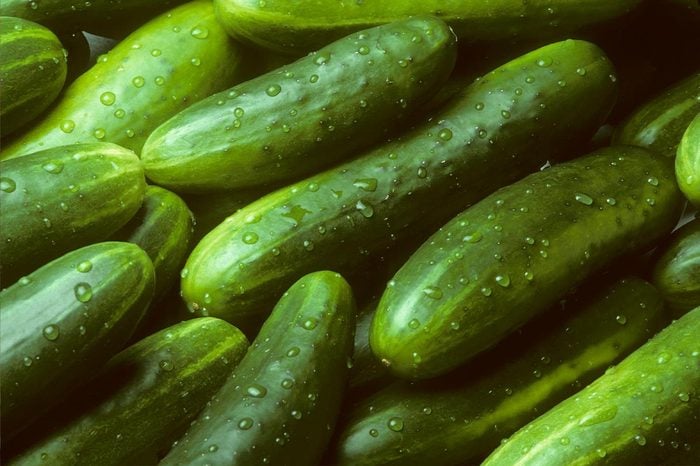
Cucumbers
Cucumbers should come out of the fridge. The common mistake of keeping them in the fridge leads to watery and pitted cukes. This is the real reason why cats are afraid of cucumbers.
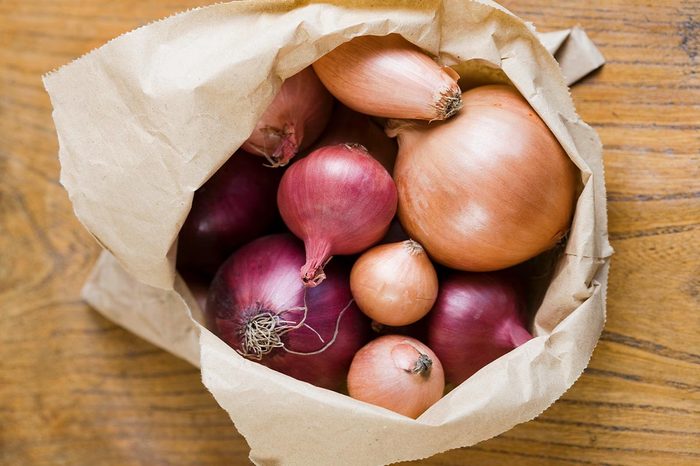
Onions
These vegetables need air circulation to stay fresh. Store whole onions in a hole-punched paper bag in the pantry. Don’t keep near potatoes; onions emit gas and moisture that can cause potatoes to spoil quickly. Refrigerate chopped onions.
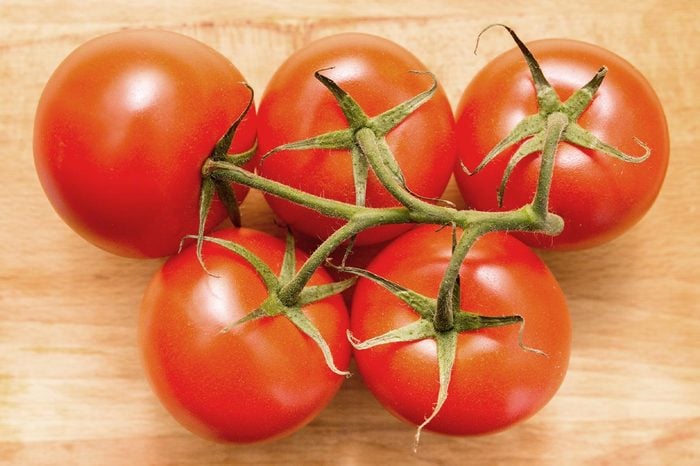
Tomatoes
Cool air alters chemical pathways in tomatoes, slowing those that contribute to fresh flavor and accelerating others that dull flavor. Store whole tomatoes on the counter for more delicious taste. This is the definitive answer to whether a tomato is a fruit or a vegetable.
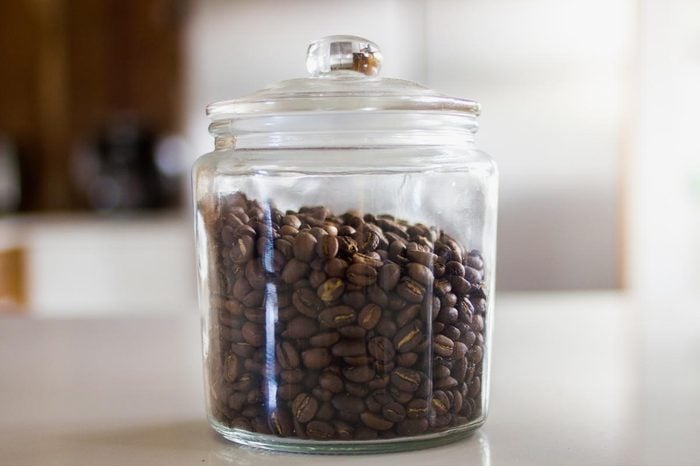
Coffee
The moisture in your fridge causes the beans to deteriorate, meaning you aren’t getting the fresh, bold flavor you want from your morning brew. Plus, the temperature fluctuates every time you open the door to your fridge, creating condensation, which in turn creates even more moisture. Stash your coffee beans in an airtight container in the pantry instead. Don’t miss these 9 other kitchen hacks that keep half-empty ingredients fresh.
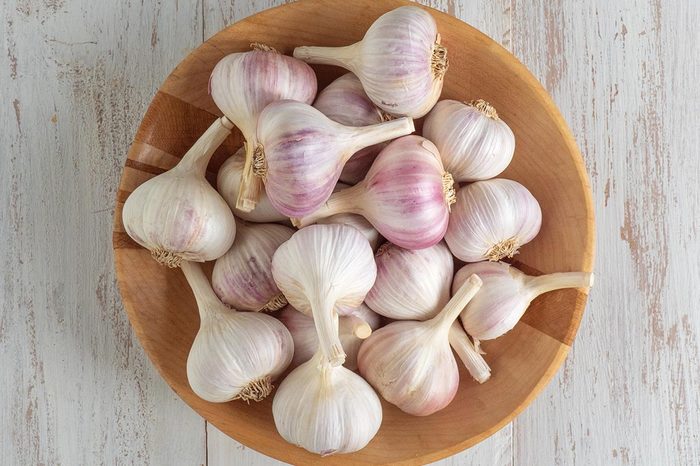
Garlic
Garlic cloves fare best in temperatures between 60 and 65° F. Put your bulbs in a ventilated container to allow moisture in and stash it in a cool place. This is why you should never wrap your leftovers in tin foil.
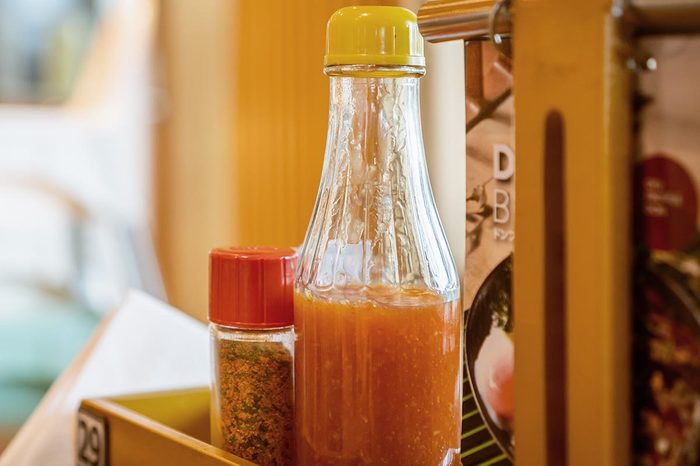
Hot sauce
The vinegar and preservatives in store-bought hot sauce keep it from going bad in the pantry. In the fridge, the spicy peppers might lose some of their heat. Find out why you shouldn’t store your eggs in the fridge door.
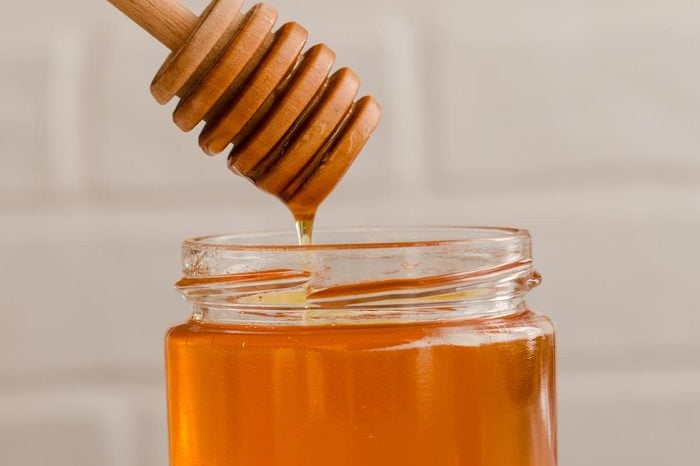
Honey
This sticky, sweet stuff should not go in the fridge. Honey is known to seize up and crystallize in cold temperatures. Room-temperature is the ideal temperature level for this sweetener.
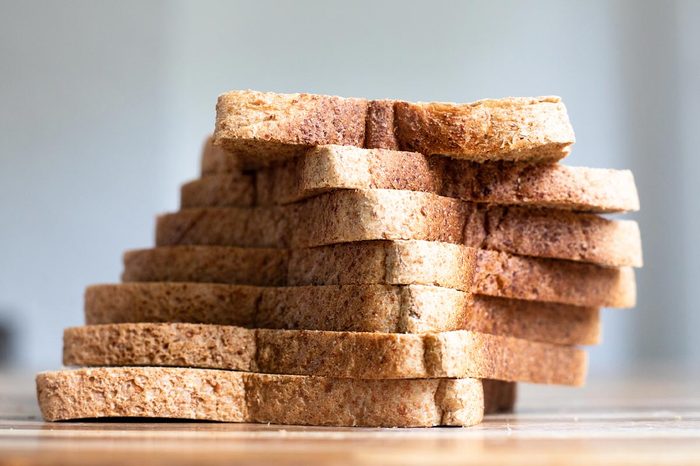
Sliced bread
Although keeping bread in the fridge keeps mold at bay, it also dries out the loaf. Instead, store extra bread in the freezer and bring to room temperature when you are ready to eat them. If you go through bread a lot, it’s best to keep it out on the counter. This is the one place you’re forgetting to check your bread for mold.
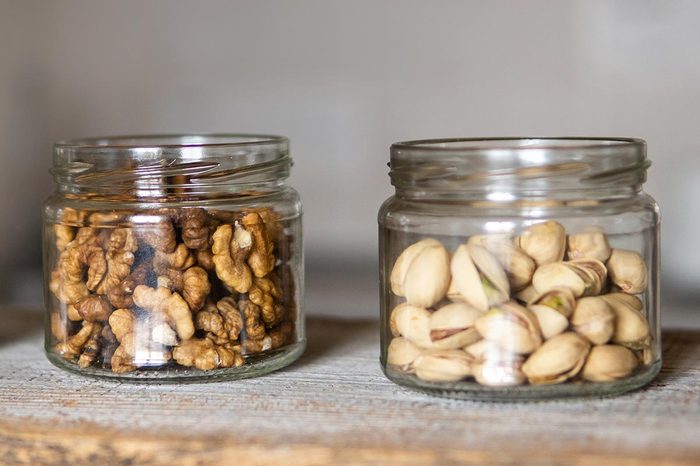
Nuts
For an optimal nutty flavor, it’s best to store nuts in an airtight container in the pantry or cupboard.”Nuts don’t need refrigeration. They don’t have enough moisture to support rapid bacterial growth, so they can be stored safely at room temperature for up to three months,” says Katie Heil, Certified Professional in Food Safety. “That being said, refrigeration can prolong the quality of the nuts. It’s up to people’s discretion whether they refrigerate them or not.” This is the reason why peanuts aren’t actually nuts.
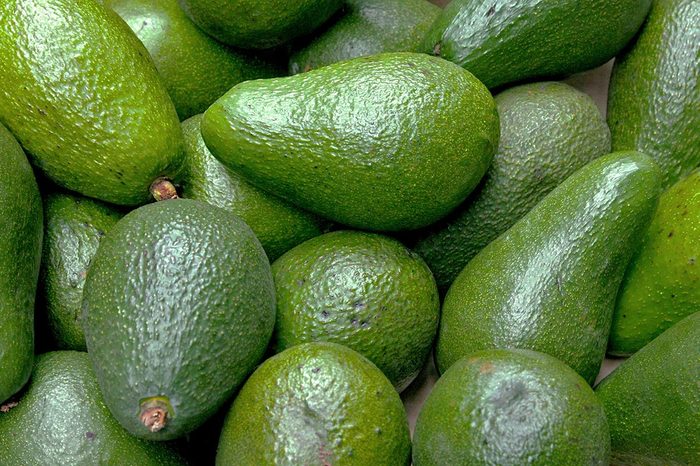
Avocados
The creamy green fruit is best kept at room temperature if it’s hard, or if it’s ripe and you plan on using it right away. That said, finicky avocados that quickly go from underripe to overripe can go in the fridge to last longer. This is what happens when you eat an avocado every day.
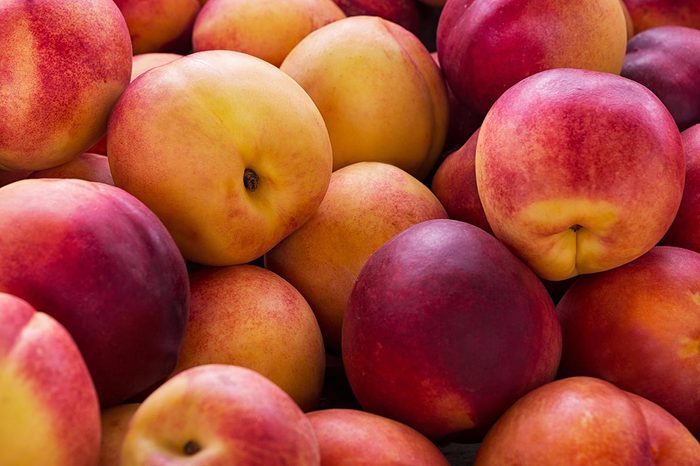
Stone fruits
Peaches, plums, nectarines, and apricots are all best kept at room temperature so they can ripen to perfection.
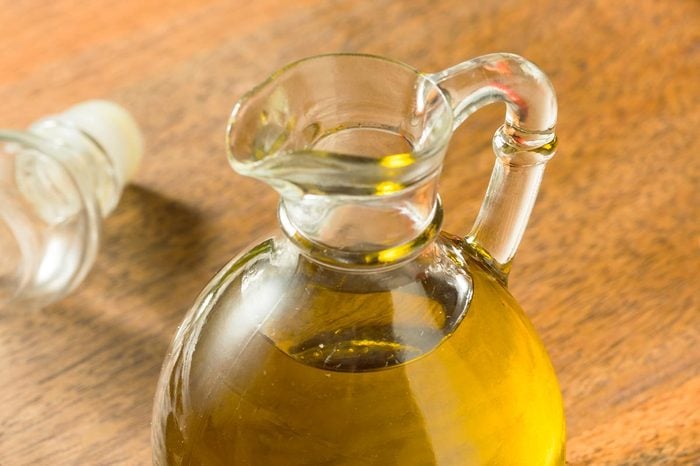
Olive oil
This cooking oil should go in a cool, dark place. Keeping it in the fridge can create a harder, more butter-like consistency.
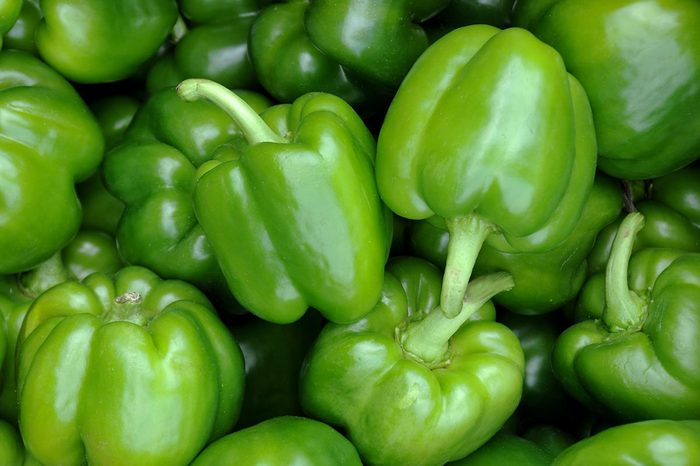
Bell peppers
Mushy peppers are never tasty, so don’t put them in the fridge. Low temperatures cause the peppers to lose their crunch.
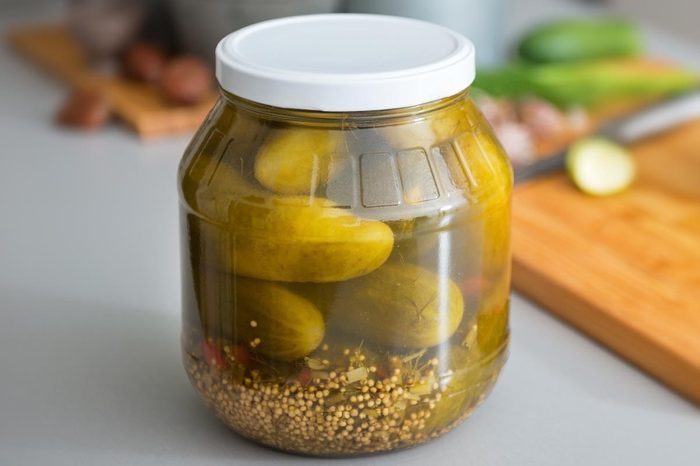
Pickles
It’s not a big dill (pun intended!) to keep your pickles out of the fridge. Since they’re already preserved in brine, they can remain in your pantry until you are ready to eat them. Here are 25 brilliant kitchen shortcuts you’ll wish you knew sooner.
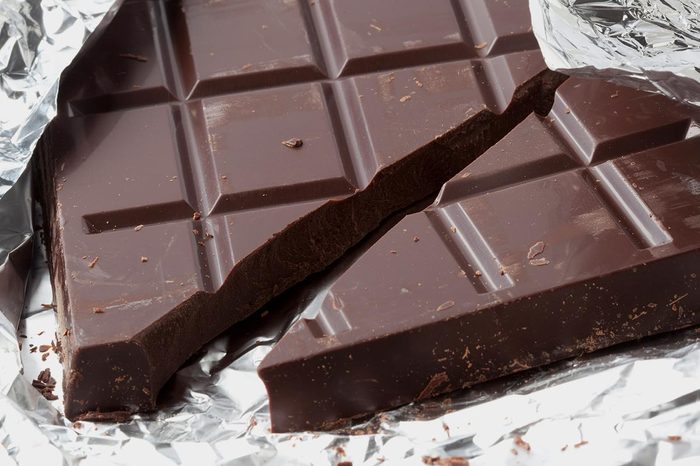
Chocolate
Keep chocolate at room temperature somewhere dark and dry for maximum flavor; this avoids a grain consistency from the fridge. Read through these secrets of being a professional chocolate taster.
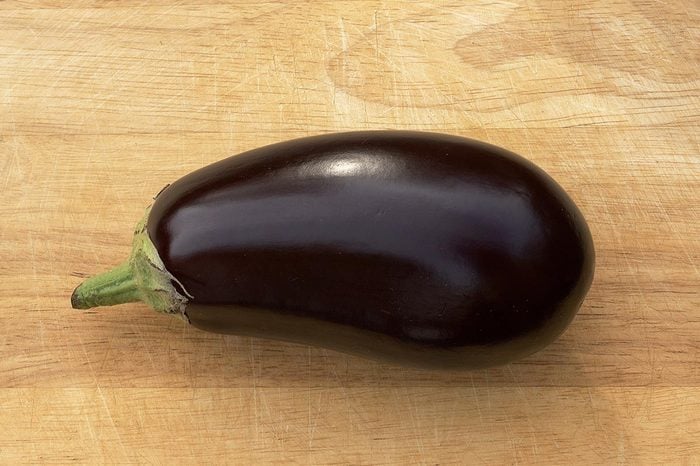
Eggplant
If you’re eating eggplant a few days after purchase, it’s OK to keep it out on the counter. Storing it in the fridge could dull the flavor. Take note though that eggplant does have a short shelf-life outside of the fridge, so be sure to eat it right away.
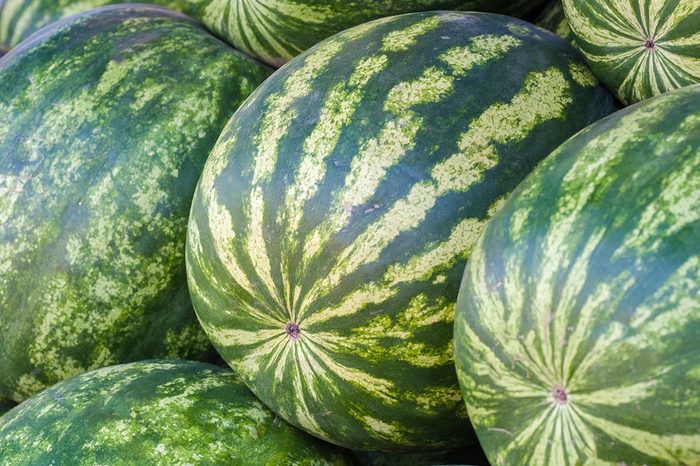
Whole watermelon
You don’t need to make room for a huge, uncut watermelon in your fridge. The fruit is actually best stored at room temperature. Keep it on the counter until it’s time to cut it up. After you slice it, wrap it up and place it in the fridge.
